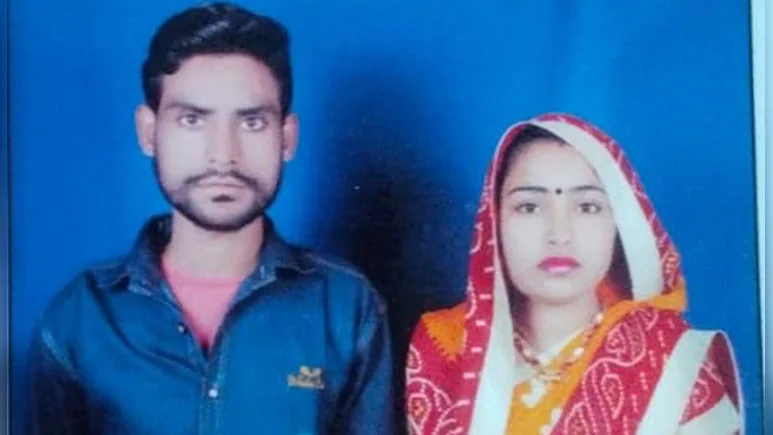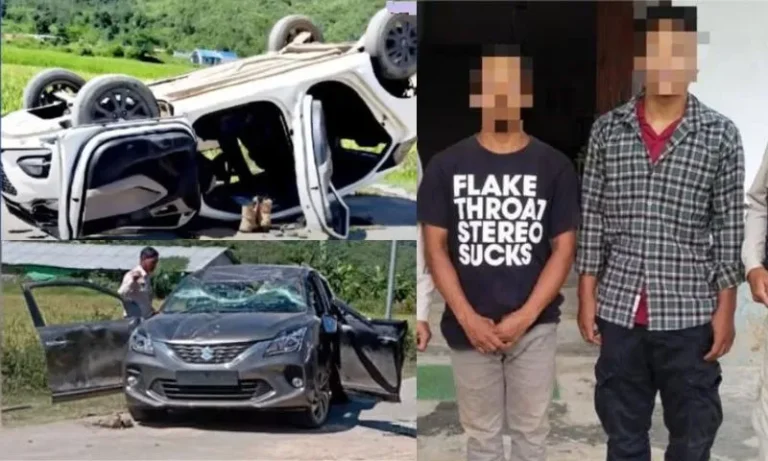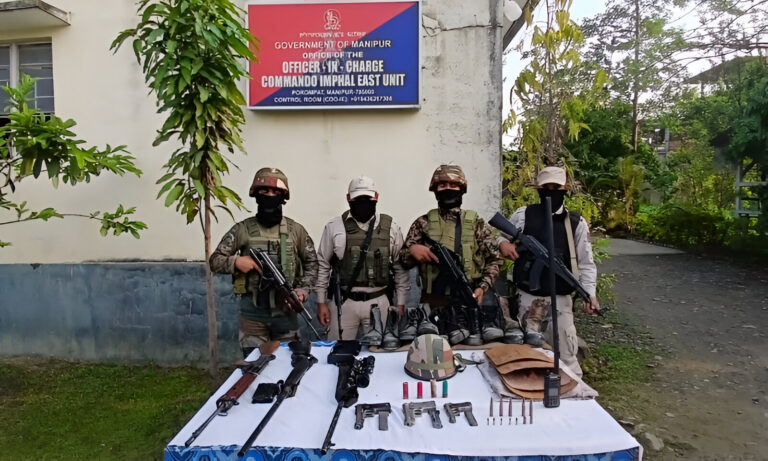Rajasthan Murder Case: Woman Watches Web Series On Crimes, Studies Murder Cases Before Killing her Husband
Short News Summary
A 30-year-old woman in Jaipur, Rajasthan, was arrested along with two men for allegedly plotting and killing her husband, an e-rickshaw driver, after studying crime web series and researching famous murder cases online. Police say the woman, Santosh Devi, her friend Rishi Srivastava, and his associate Mohit Sharma allegedly bought new SIM cards, did a recce, and used a ruse of an ISKCON temple trip to lure the victim, Manoj Kumar. He was found with his throat slit in Muhana on August 16, 2025; investigators say a sharp “bedsheet cutter” was used. CCTV from nearby areas, call details, and questioning led to the arrests. The accused reportedly told police they had been planning for weeks and learned tactics from web series and Google searches.
What Really Happened In Jaipur?
Let’s cut through the noise. Jaipur Police say this wasn’t a spur-of-the-moment crime; it was a plan that percolated for weeks. According to multiple reports, Santosh Devi—who knew co-accused Rishi Srivastava from a bedsheet factory—allegedly conspired with him and his friend Mohit Sharma to “remove” her husband, Manoj Kumar, from the picture. The trio reportedly studied crime shows, searched the internet for “how to kill and not get caught,” and even bought fresh SIM cards to keep their chats off the radar. On August 16, the plan rolled out. Manoj’s body was later discovered with his throat slit in the Muhana area of Jaipur.
The People At The Heart Of The Case
- The victim: Manoj Kumar (often reported with the surname Rager/Raigar), an e-rickshaw driver in Jaipur.
- Primary accused: Santosh Devi (30), Manoj’s wife.
- Alleged accomplices: Rishi Srivastava (25) and Mohit Sharma (22).
These names, ages, and relationships are consistent across leading outlets and were flagged by the city police during the case briefing.
From Screen To Street: How “Learning” From Web Series Became A Blueprint
Here’s the unsettling part: investigators say the accused didn’t just consume true-crime content for entertainment; they allegedly used it as a manual. Reports state they watched crime web series and looked up older murder cases online, trying to understand both the act and the aftermath—what weapon to use, how to avoid CCTV, what to do with phones, and how to behave post-crime. This wasn’t just binge-watching; police claim it was method study. The plan included:
- Fresh phone numbers/SIMs to keep communications private.
- Reconnaissance of spots they believed were low-surveillance.
- A simple pretext—a trip to a temple—to lull the victim into a routine ride.
The Alleged Timeline: What Police Say Happened On August 16
- The lure: Mohit Sharma allegedly hires Manoj’s e-rickshaw, telling him they’re headed to the ISKCON temple.
- The rendezvous: About 10 minutes into the ride, Rishi Srivastava joins in.
- The detour: They divert toward a deserted farmhouse/isolated area near Sumer Nagar.
- The attack: Manoj’s throat is allegedly slit—NDTV reports a sharp “bedsheet cutter” was used.
- The exit: The two men reportedly change their clothes, switch off the new SIMs, and melt into the ordinary flow of the city.
Aaj Tak’s local reporting adds granular color: the Sumer Nagar football ground stretch, the claim that planning intensified around Janmashtami evening, and that officers from the south division pieced together the trail through CCTV, phone records, and systematic questioning.
The Weapon And The ‘Bedsheet Factory’ Connection
Two details stand out across coverage:
- The workplace link: NDTV reports Santosh and Rishi met at a bedsheet factory, suggesting proximity and opportunity to plan.
- The tool: The throat-slit injury and mention of a “sharp bedsheet cutter” appear in NDTV’s account of what the accused told police.
These details, if accurate, underline why police quickly looked into the work circle, communications, and movements around the date.
Frequently Asked Questions
1) Is it confirmed that the accused learned everything from web series and Google?
Police statements reported by the media say the accused themselves told investigators they watched crime shows and searched online while planning. Courts will still test the credibility of those statements alongside other evidence.
2) Why weren’t there CCTV cameras at the exact spot?
Reports indicate the murder site was relatively isolated. Even so, police traced movements using nearby CCTV feeds and other digital evidence, which often proves enough to stitch together a timeline.
3) What charges are likely in a case like this?
Typically, police register IPC 302 (murder) and may add 120B (criminal conspiracy) and 201 (destruction of evidence) if they believe there was planning and an attempt to cover up. The exact sections appear in the FIR/charge sheet.
4) Do allegations of domestic abuse change the nature of the offense?
They can shape context and may influence legal strategies, but they don’t automatically reduce culpability in a planned killing. Evidence of abuse, if any, is weighed during trial, not assumed.
5) How soon can we expect a verdict?
There’s no fixed timeline. After arrests come investigations, charge sheets, and court proceedings, which can take months or longer depending on complexity, backlog, and appeals.




